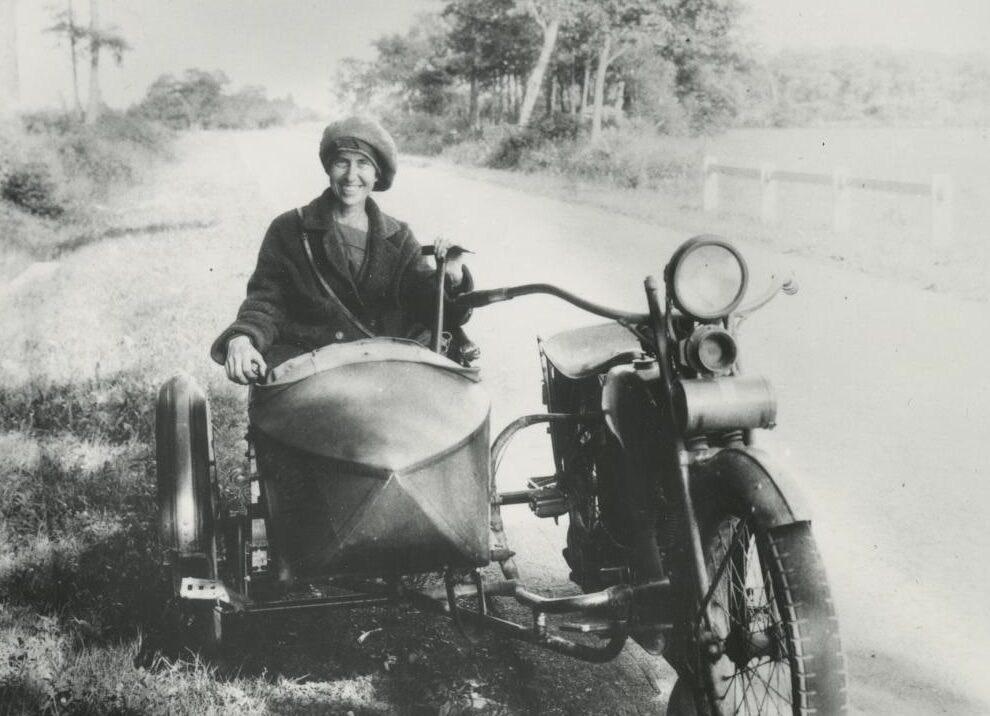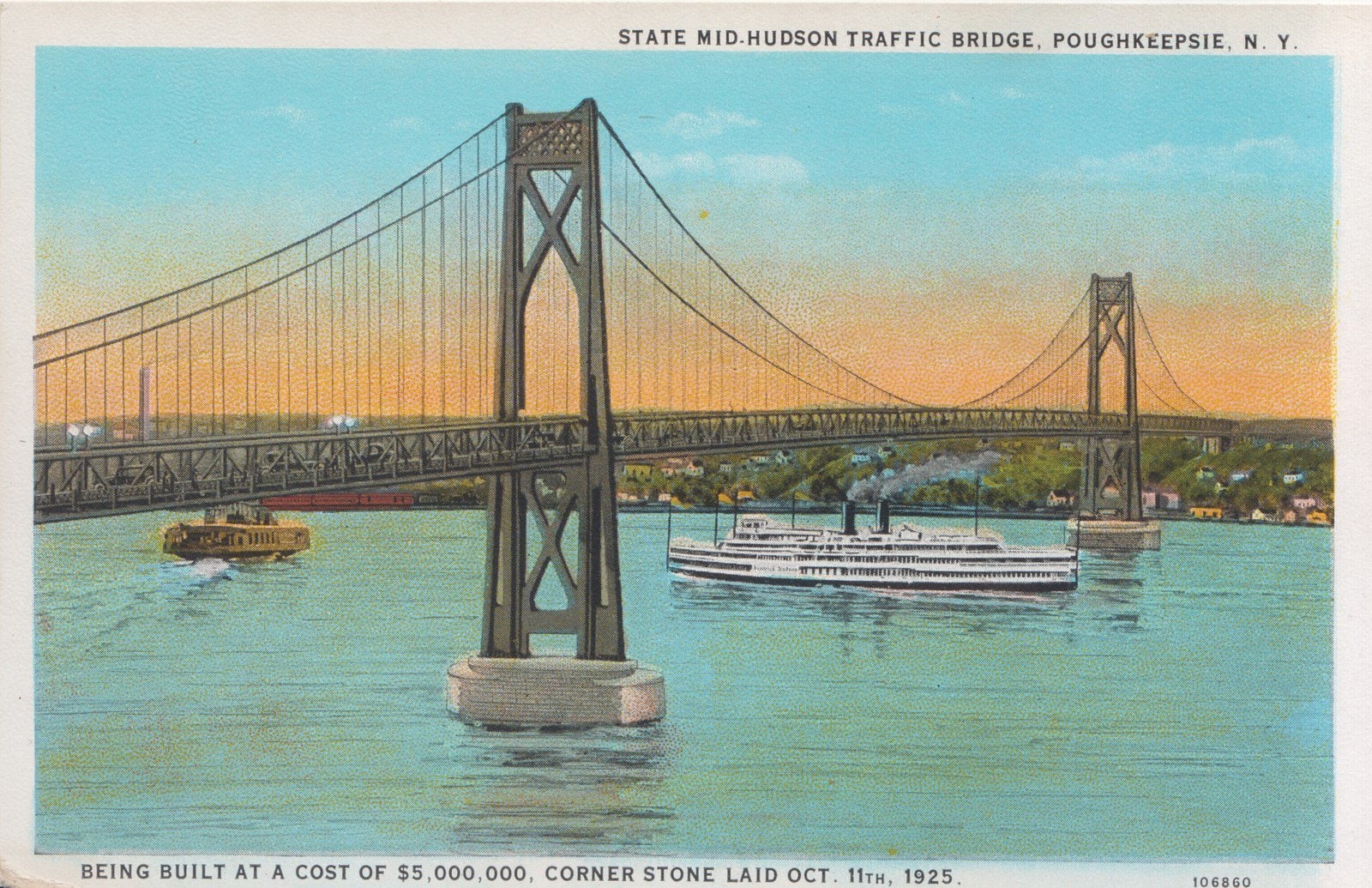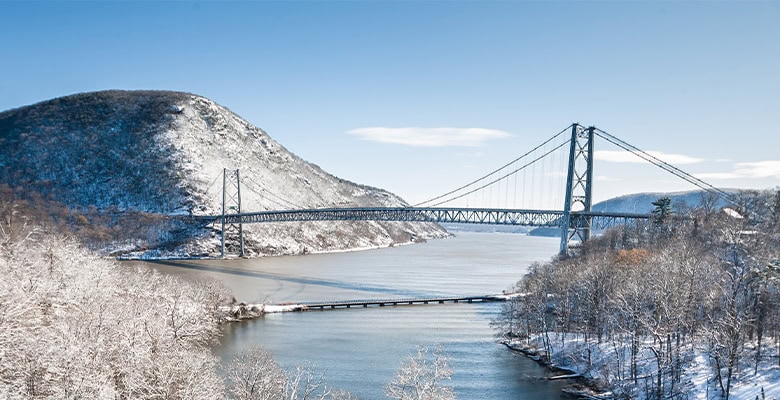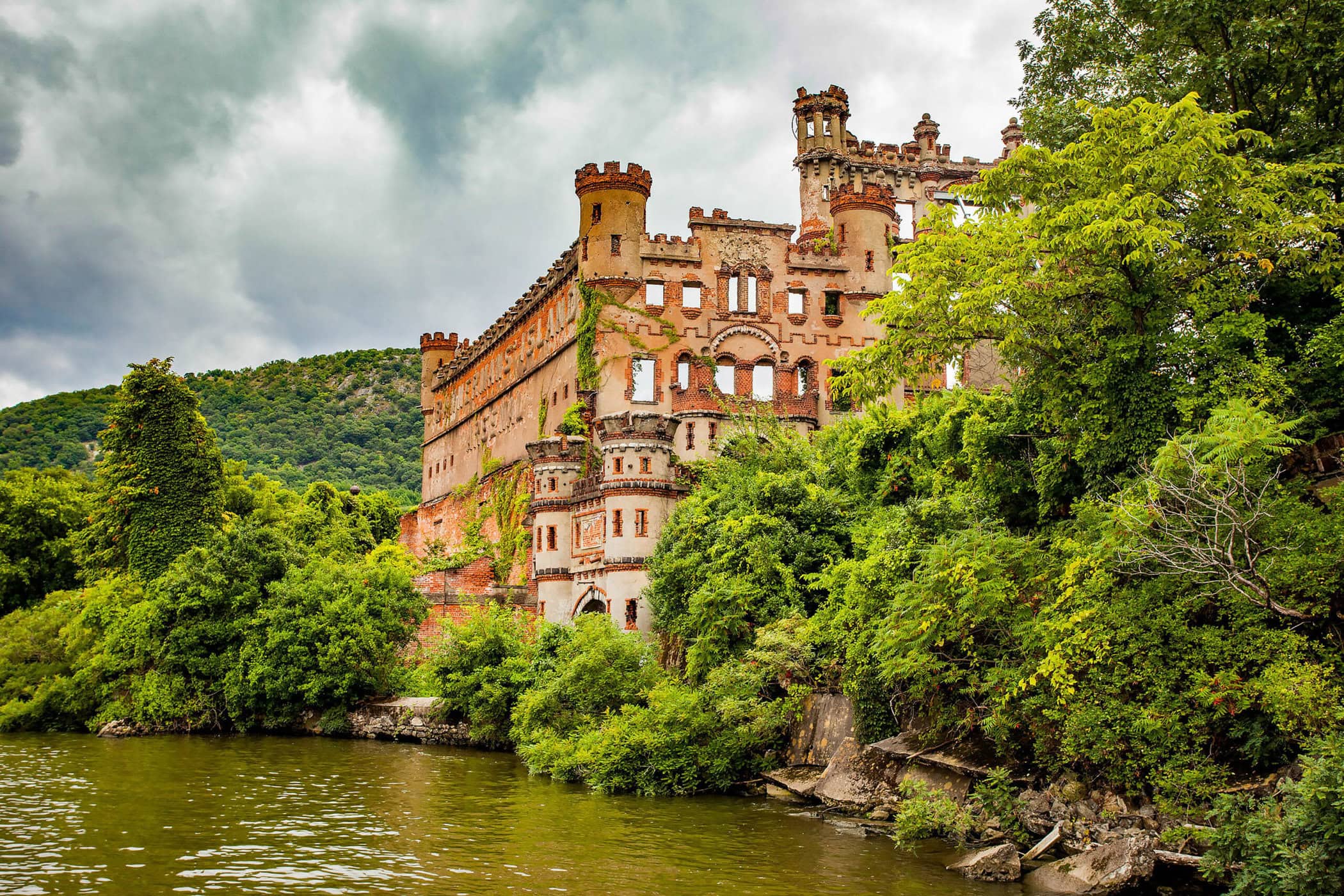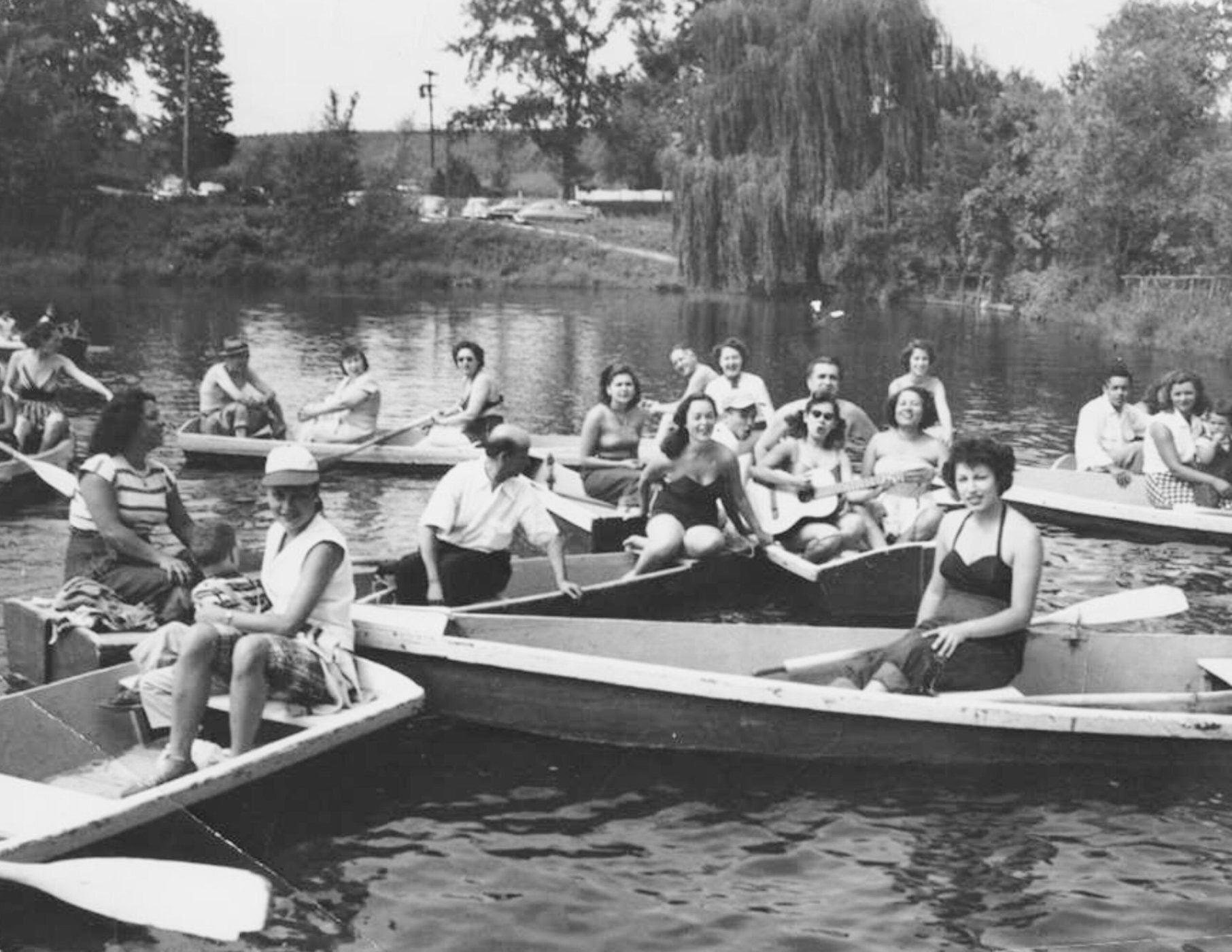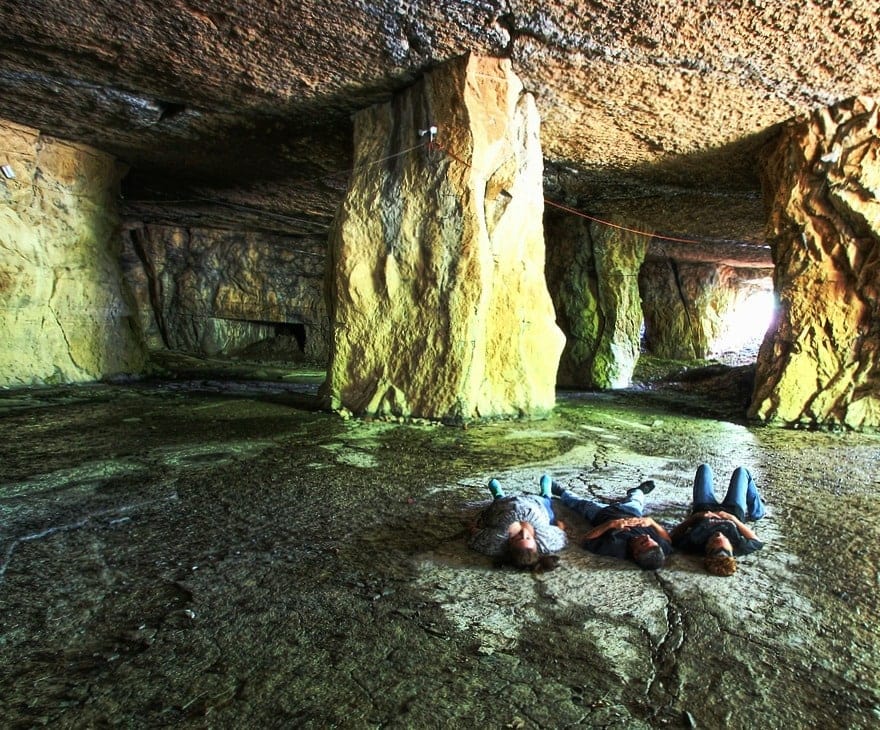Earlier this year a New York Times op-ed called for the U.S. to dust off one of President Franklin Roosevelt’s New Deal programs, the Civilian Conservation Corps, to boost the pandemic economy by creating jobs that benefit the environment. That got us reflecting on the original CCC, whose Hudson Valley work continues to help us enjoy nature here.
Now some states and nonprofits are creating new CCC-style programs for a broader range of people to restore trails and habitats in local parks around the U.S. — giving us hope that this tumultuous moment can birth another lasting legacy that meets today’s environmental and employment crisis with action to protect rights across race and gender.
Government is now getting in on the action, too — at least on the state level. In late September, California announced the first statewide Climate Action Corps. It will include a mix of paid and unpaid work, deploying 250 AmeriCorps fellows to support local climate action projects in front-line and low-income communities, and also establishing a statewide online volunteer hub of climate-focused volunteer opportunities.
Multiple plans have been proposed at the federal level as well; none have been taken up yet, but think tanks and outlets like Yale Environment 360 have recently been plotting out how modern CCC programs could address inequities and build skills without competing with high-skill and private-sector jobs.
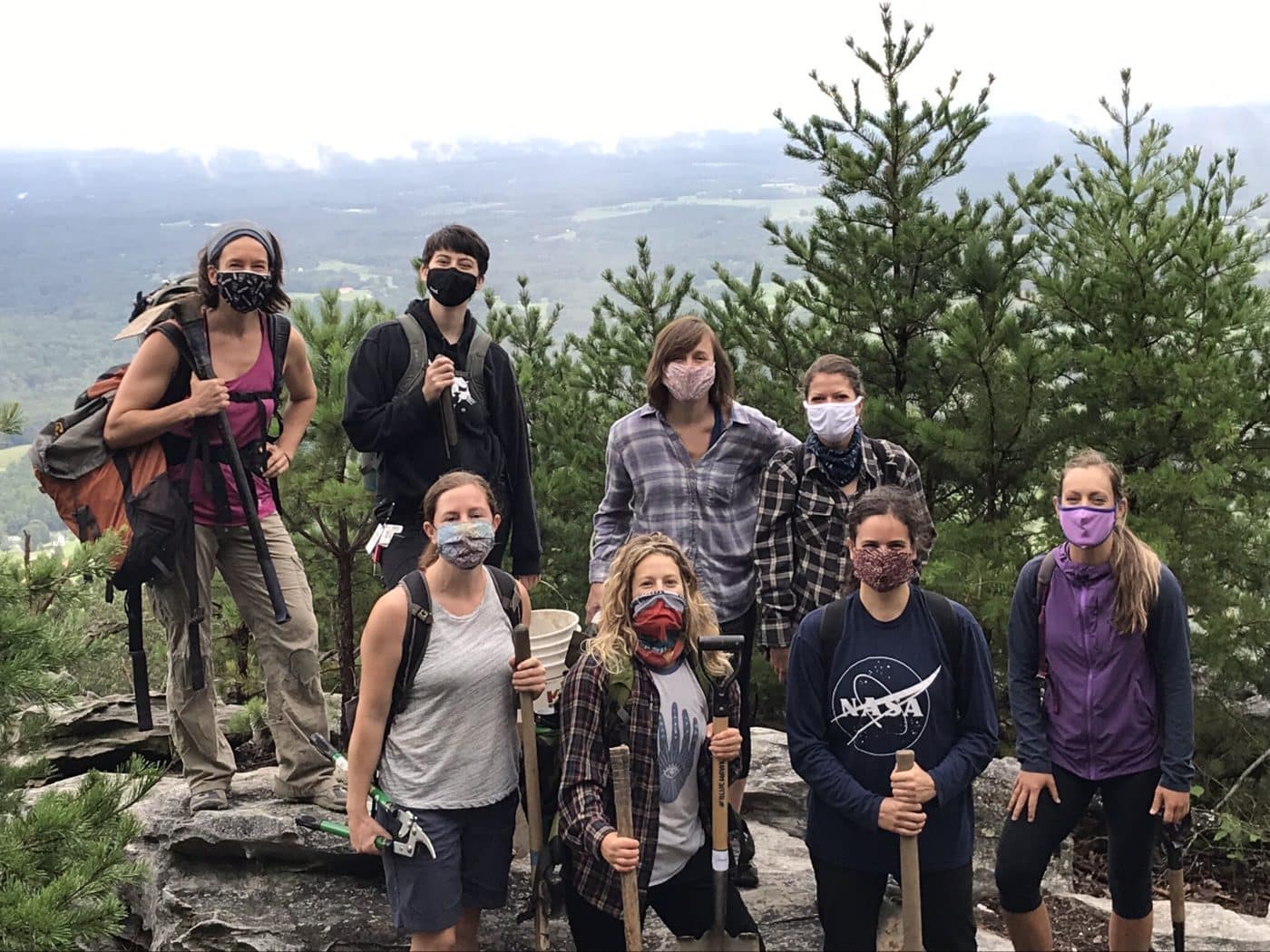
The original CCC emerged in a time of emergency. When FDR entered the White House in 1933, the country was locked in equally devastating economic and environmental crises. Some 15 million Americans — a quarter of the nation’s workforce — had lost their jobs during the Great Depression. Simultaneously, the country suffered from a perfect storm of ecological disasters, with severe drought in some places and flooding in others, plus erosion, forest fires, dust storms, insect infestations and more.
Building upon a program he had established as N.Y. governor (the tree-planting Temporary Emergency Relief Administration), Roosevelt created the Civilian Conservation Corps in 1933. While the program was mostly intended to bring the nation out of its economic and environmental doldrums at the same time, FDR had higher aspirations for it. “It is my belief that what is being accomplished will conserve our natural resources, create future national wealth and prove of moral and spiritual value not only to those of you who are taking part, but to the rest of the country as well,” he told the first CCC cohort.
Those chosen for the CCC were men (the only gender to which it was open) between the ages of 17 and 28. They received barracks-type housing, food and $30 a month in pay, the equivalent of $575 today. They were obligated to send $25 of that money home to their families.
“Among the CCC’s most impressive records: planting 3 billion trees and creating new infrastructure in 800 national and state parks.”
In return, the workers provided lots of labor planting trees, building trails and infrastructure, fighting forest fires, constructing dams, stocking fish and halting the spread of pests like gypsy moths. Skills they learned, like masonry, carpentry and landscaping, might stand them a better chance of later employment. CCC alumni include actor Walter Matthau, baseball great Stan Musial and famed test pilot Chuck Yeager.
Camp Margaret Lewis Norrie
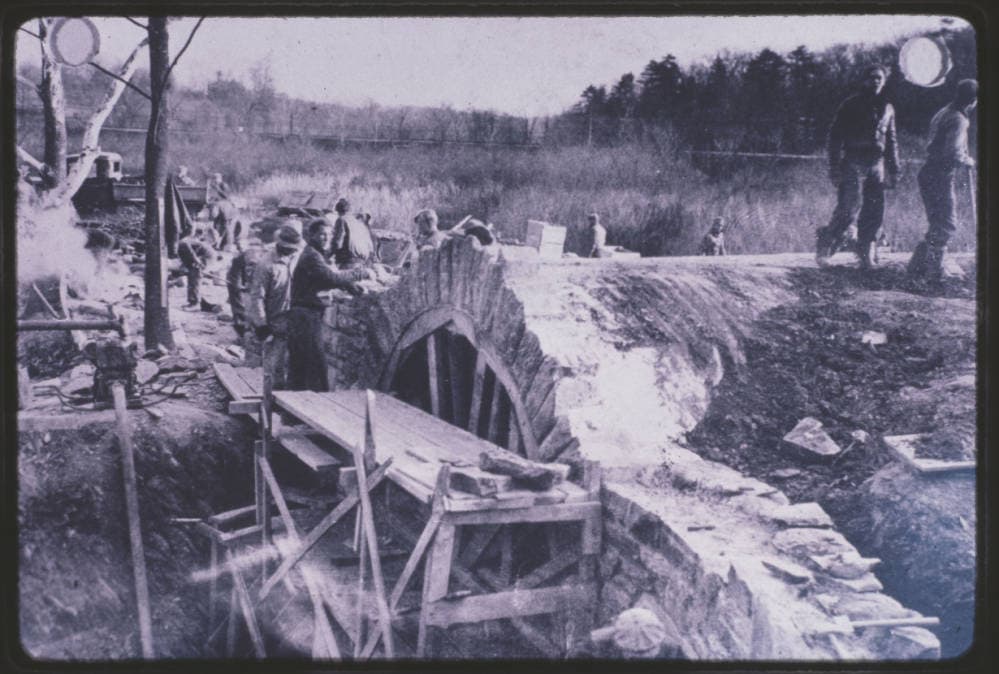
By the CCC’s end in 1942, when World War II required an all-hands-on-deck approach, more than 3 million workers had served in one of the nation’s 2,900 CCC camps, making it the largest peacetime mobilization of labor in U.S. history. (While FDR’s executive order establishing the CCC banned discrimination based on “race, color, or creed,” camps by and large were segregated.) New York State had the most camps, with 208, including dozens in the Hudson Valley.
Camp Margaret Lewis Norrie in Staatsburg, Dutchess County, was typical. In operation from 1933 to 1937, it spanned more than 300 acres near the southern intersection of Route 9 and Old Post Road. Along with accommodations for 209 workers — canvas tents at first, later a dozen wooden barracks — it contained a mess hall, recreation hall (for dances and weekly movie screenings) and infirmary. There was no stinting on food: According to one CCC historian, the weekly “shopping list” for a camp like this included 1 ton of vegetables, 661 lbs. of meat, 700 lbs. of bread, 1,800 eggs, 97 gallons of canned fruit, 300 lbs. of flour and 130 lbs. of coffee.
Over the next 4 years, the workers, usually working in crews of 20, created the infrastructure still in use at Margaret Lewis Norrie State Park. They starting by constructing the roads and bridges (built of stone they quarried locally) leading to the Hudson River, where they erected their greatest work: the Norrie Point Inn (then a restaurant, now the Environmental Center).
A Lasting Impact
Many FDR biographers rate the CCC, dubbed “Roosevelt’s Tree Army,” as the most successful of the president’s New Deal programs, one that played an invaluable role in protecting and connecting people to America’s natural treasures. Among its most impressive records are having planted 3 billion trees and creating new infrastructure in 800 national and state parks.
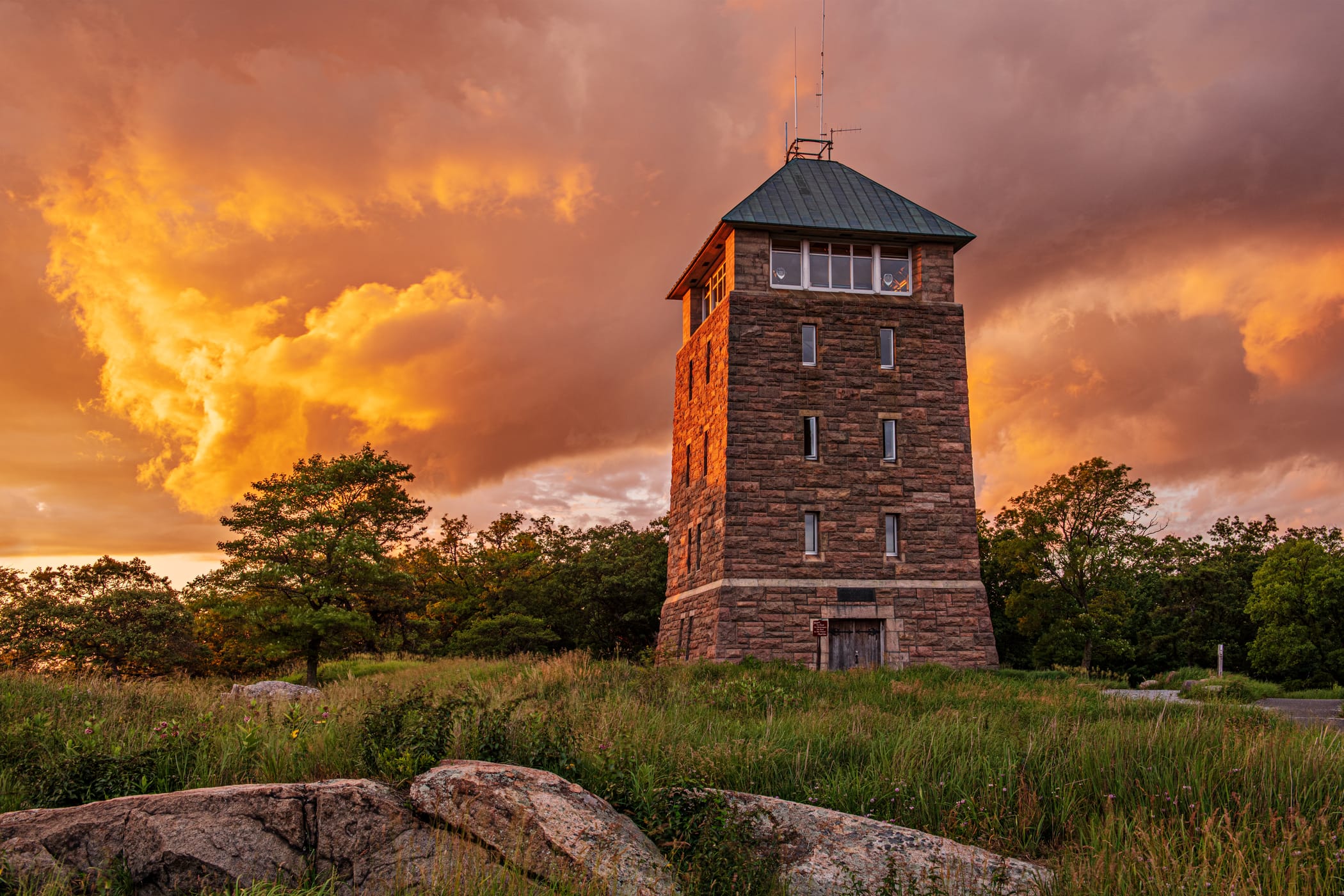
The Times op-ed highlights the glaring need for some present-day environmental TLC, including $20 billion of deferred maintenance in national parks and public lands, and 80 million acres of national forests requiring upkeep. This recent Guardian story details how some states and nonprofits are doing their part by creating of small CCC-style programs to restore trails and habitats in places like North Carolina and Texas. Sure, they’re minuscule compared to the federal program that inspired them, but it is heartening to know they are creating jobs for a new cohort of young people — helping to sustain nature while taking small steps to reduce disparities due to gender and race, and address pandemic job losses.
The next time you watch bald eagles from the Norrie Point center, climb Bear Mountain’s Perkins Memorial Tower, camp in a trail shelter at Harriman State Park, or picnic at Lake Taghkanic’s East Beach, thank your lucky stars for FDR’s foresight — and for the workers whose handiwork on these and other CCC projects throughout the valley keep enriching our lives. And think how a new CCC could help create employment for a broader range of young people today and ensure access to more natural treasures like these for future generations.


